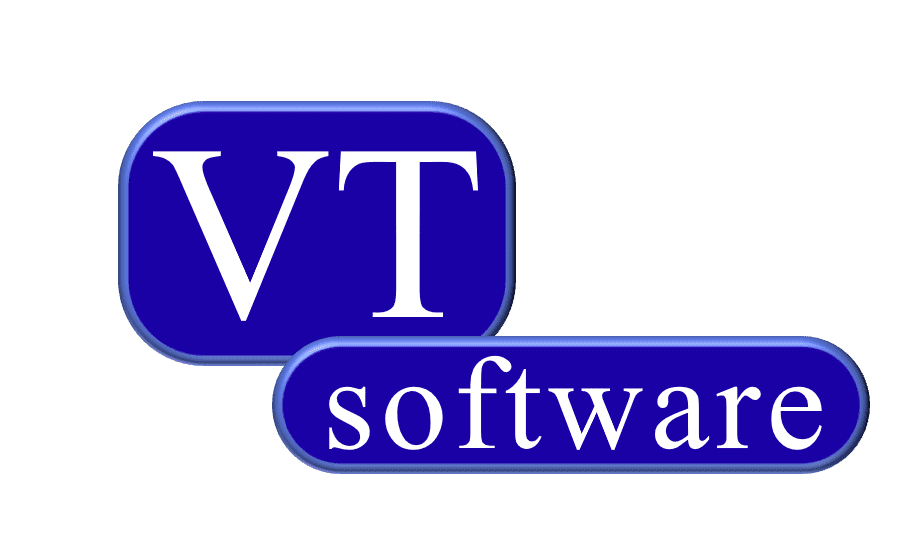As the UK transitions to a more knowledge worker/services-based economy, productivity falls behind the competition by 15%. Something needs to change, and it needs to happen fast, as we go further out into the global stage!
Organizations are realising that more efficiency implies higher profitability, accomplishing more with less (or even less), and focusing on things that provide value and satisfy customers.
What would you like to stop doing in your business right now?
The conventional reaction has been:
- Streamlining a process – quicker communication using chat apps like Skype.
- Investing in costly all-encompassing IT initiatives; new big systems such as ERP.
- Several applications to handle particular concerns; providing a one-stop solution.
All of this has obviously resulted in a variety of gaps and silos. Where one application ends, the following one does not begin. Furthermore, gaps are filled by individuals performing inefficient activities, degrading productivity and sapping labour strength. These are areas for automation, which a digital worker can do.
What is a digital workforce?
One method is to use Robotic Process Automation (RPA) to automate regular, repetitive activities, in which a Robot does the work exactly as a person would. So, hello and welcome to your digital workforce. The digital workforce works alongside human employees, freeing them up to focus on what matters most: generating value, interacting with customers, and being creative.
The bots are “taught” to do activities inside a business process in the same way that a person would. However, this is considerably faster, and your bots function with higher precision, 24 hours a day, seven days a week. Above all, they can be implemented quickly and at a low cost.
Consider what you could accomplish with all of that more time in your business if all of the repetitive, time-consuming, and manual-intensive activities were simply handled.
Robotic Process Automation enables the digital workforce
Robotic Procedure Automation is a smart technology that mimics human activities through process-driven programming. It interacts across many systems without the need for sophisticated and expensive interfaces by processing through the same computer displays as the operator.
Bots either collaborate closely with humans to assist them with their duties and activities. They can also operate completely freely and autonomously, just getting on with the job and doing it up to 5 to 10 times quicker without making any mistakes. They work 24 hours a day, seven days a week, with no need for a coffee break!
What can your digital workers do for you typically?
- Logging into applications.
- Moving files and folders.
- Copying and pasting data.
- Filling in forms.
- Extracting structured and semi-structured data from documents.
- Scraping browsers, and much more.
What processes will your digital workforce assist with?
- Tasks that ideally need to be done 24×7.
- Processes that are consistently applied and are rule-based.
- Manual and repetitive tasks.
- Seasonal or round the clock working such as issues and complaints handling.
- Processes which require audit proofing for regulatory compliance.
- Tasks involving multiple systems where you need validations for each aspect.
- Any task involving many resources and multi-step processes.
- Tasks that need manual calculations.
What does a digital workforce look like?
digital workforce should be structured in terms of:
A Digital Assistant
A digital assistant is a digital worker that is activated manually and works interactively on a user’s computer. As a result, they carry out a series of predefined tasks across several programmes, such as running an Excel macro.
A Digital Worker
This is a worker who works autonomously, rather than manually, on activities that do not require human involvement. These employees are on the job 24 hours a day, 365 days a year.
A Digital Team Lead
A centralised management dashboard that allows users to engage with their digital workforce anytime and wherever they want. This dashboard also allows for job collaboration across digital employees, task completion tracking, and centralised logging of outcomes and performance.
Recruiting your digital workforce
In conclusion, a digital workforce will improve your company’s process efficiency and effectiveness while also saving you money in the long term. Why not improve employee engagement and free up time for your staff to focus on actual value-adding cognitive activity? Allow them to concentrate on your customers and difficult, business-critical choices, while your digital workforce keeps the wheels spinning.
Don’t fall behind — begin constructing your digital workforce now.
To learn more about FBS Digital’s social media services, call 0204 526 5195 or send an email to hello@finchleybusiness.co.uk.






